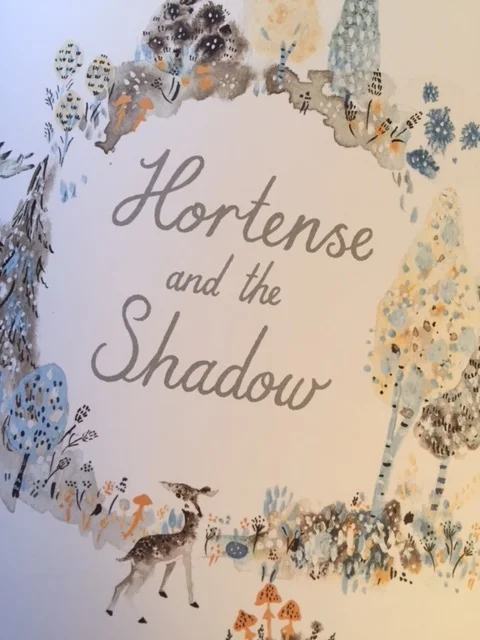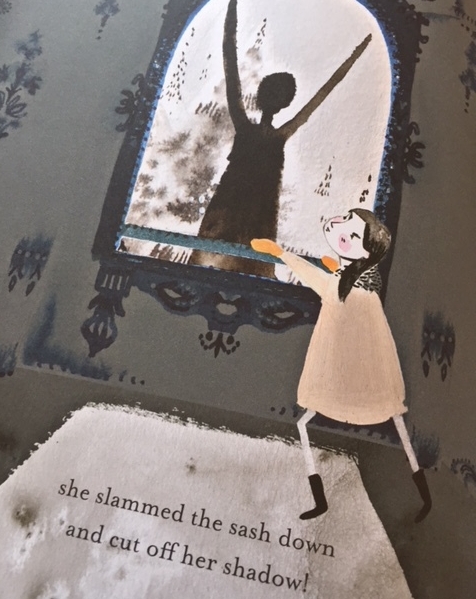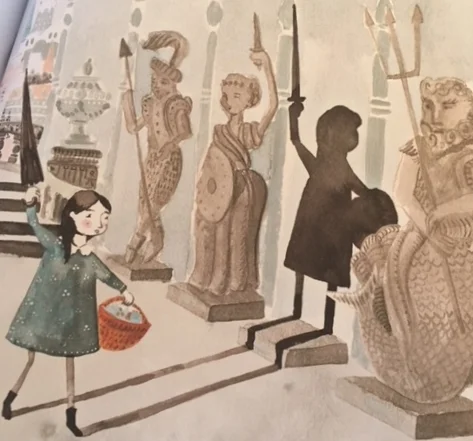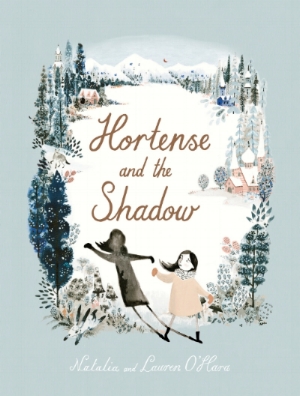Hortense and the Shadow
"Through the dark and wolfish woods / through the white and silent snow / lived a small girl called Hortense." —Hortense and the Shadow, by Natalia and Lauren O'Hara
If you follow the woods and go through the snow, you will meet Hortense. And although you may pay no attention at all to her shadow, Hortense cannot stop thinking about it. Her very pesky shadow. Her too tall and too short, too crooked and too straight, too big and too small shadow.
Hortense and the Shadow is a story about the fears we carry and the narratives we create. Author Natalia and illustrator Lauren O'Hara affirm this book as a "deliciously dark, feminist fairytale." The affliction, we can imagine, may hound us all.
To Each, a Shadow
Though the story takes place in dark woods filled with bandits, Hortense's main conflict is with herself. She is kind and brave, but when it comes to her shadow, she is less than forgiving. She eventually succeeds in shutting her shadow out; all the while we, the reader, know that she has shut out a part of herself.
Perhaps this is why the story is so powerful, for shadows take on our own shape. As we watch Hortense deny and run away from her shadow, it is quite easy to imagine the shadow we ourselves try to quell.
It is only when Hortense must rely on the very thing that she fears and hates most that she comes to see her shadow in a new way.
This change in perspective helps her see things quite differently:
"In the dark you were long to make me taller. On prickly white days you shaded my eyes. You stretched miles to show how far I can go."
And she is a new person because of it.
Additional Resources
Read an interview with the author and illustrator and see some behind-the-scenes images of the illustration process.
*Images © Natalia O'Hara and Lauren O'Hara, courtesy of Puffin Books; unless otherwise noted, photographs by Iliana Gutierrez
*Frontispiece
Natalia and Lauren's Hortense and the Shadow (2017). London, UK: Puffin.









